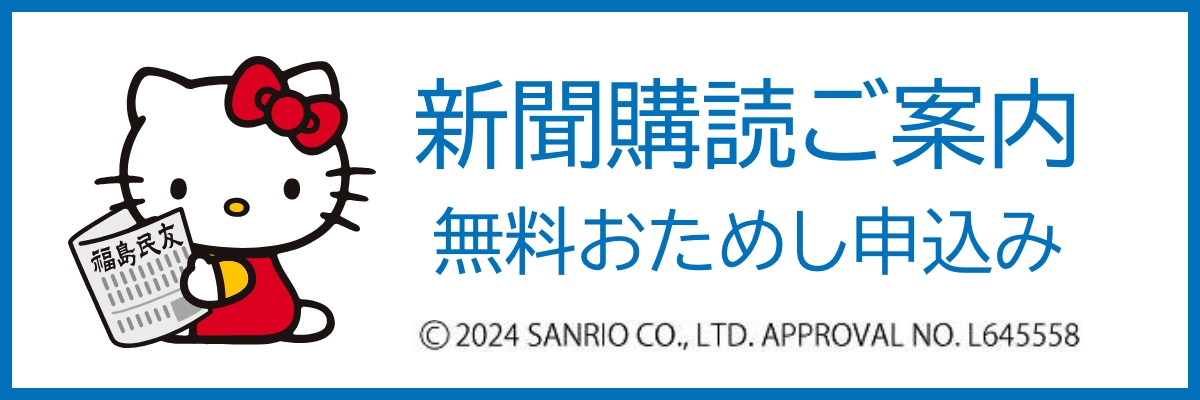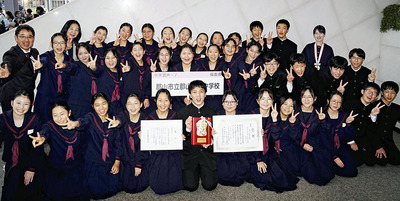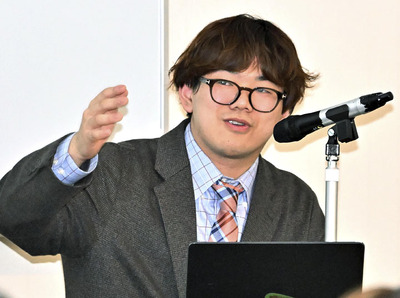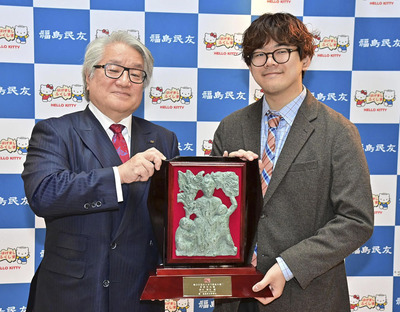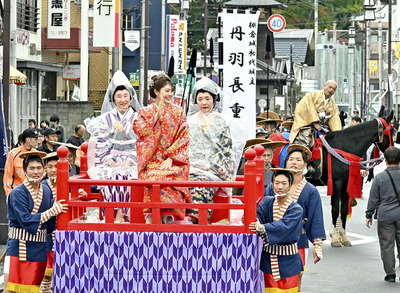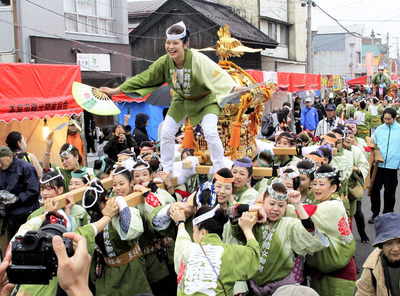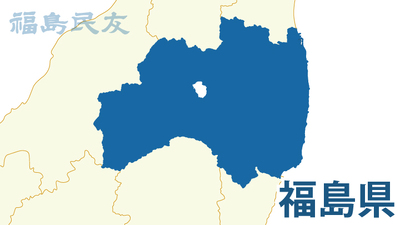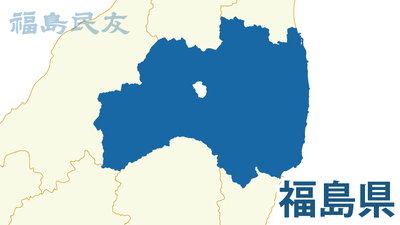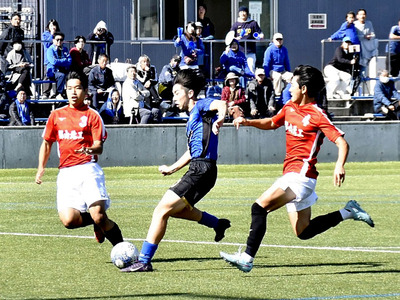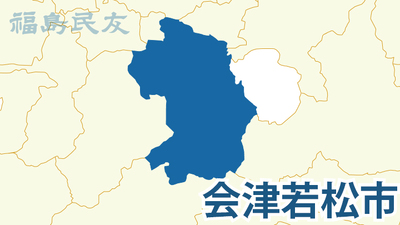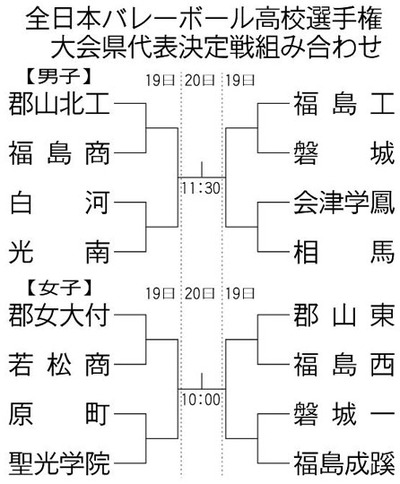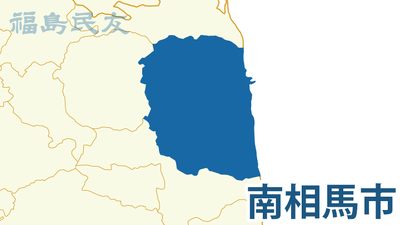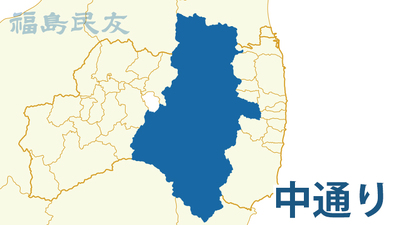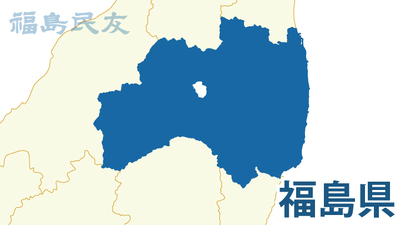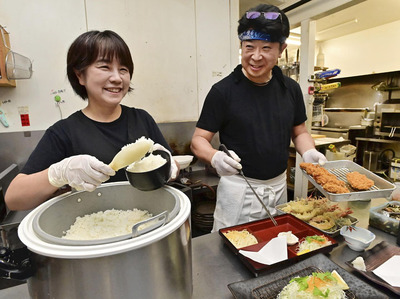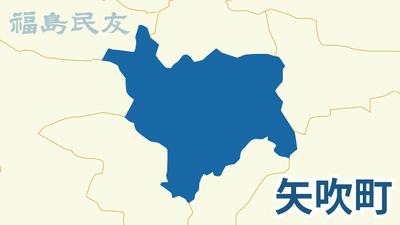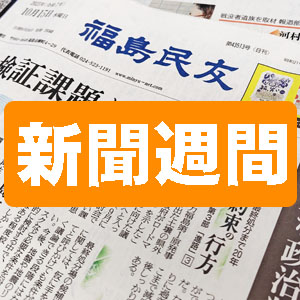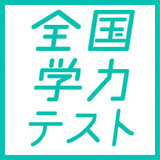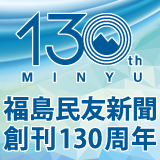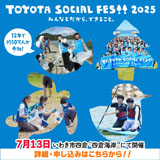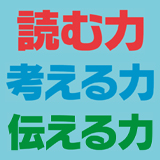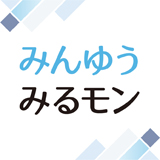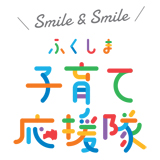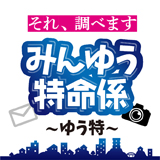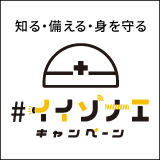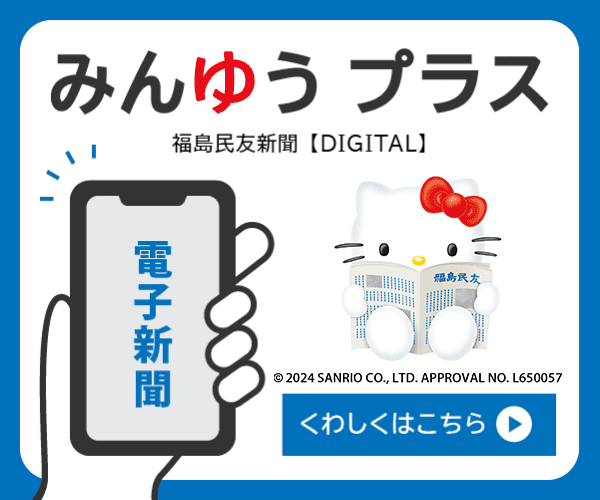ISHIKAWA, Fukushima ー The town of Ishikawa in Fukushima Prefecture, known as one of the three major mineral producing areas in Japan, is working to pass on the town’s history, as well as the appeal of its minerals and defunct mines, to the next generation.
Mining was a major industry in the town until around the 1970s, and those who have kept the local mining history alive are getting older. But Ishikawa elementary school established an ore club this academic year, helping students learn about the mining culture of their hometown.
“I hope the children will carry on the story of Ishikawa’s ore,” said a member of the Ishikawa ore mining site preservation association.
日本三大鉱物産地の一つと称される福島県石川町で、鉱山跡や採掘される鉱物など、町の歴史や魅力を次世代につなぐ動きが活発化している。1970年代ごろまで町の一大産業だった歴史を伝えてきた語り部らが高齢化している中、石川小は本年度、「鉱石クラブ」を創設。児童たちが古里の「石文化」を学ぶ。石川鉱石採掘跡保存会のメンバーは「石川の鉱石を語り継ぐ存在になってくれたらうれしい」と期待を寄せている。
Yoshio Aita, the 71-year-old chairman of the association, and children from the elementary school wearing helmets visited a tunnel at the town’s defunct Wagukannonyama Mine in September.
“In the old days, there were about 140 mines in Ishikawa,” Aita said. The children listened to his explanation, and one of them pointed to rocks in the mine and asked, “What is this mineral?”
At a place near the tunnel where ore could be collected, the children, shovels and buckets in hand, got to work. Sometimes they would say “Is this quartz?” or “I want a garnet.”
「昔の石川町には鉱山が140カ所くらいあったんだよ」。町内にある和久観音山鉱山跡の坑道跡には9月、石川鉱石採掘跡保存会長の相田義男さん(71)と、ヘルメットをかぶった石川小の子どもたちの姿があった。児童たちは相田さんの説明を聞き、坑内の岩を指さして「この鉱物は何ですか」と質問。また坑道近くの鉱石を採取できる場所では、シャベルやバケツを手にした児童が「これは石英かな」「ざくろ石が欲しい」と声を出しながら作業に没頭した。
Quartz and feldspar were actively mined in the town until around the 1970s. According to Aita, feldspar was transported to Gifu and Aichi prefectures on the Suigun Line to be used for pottery glazes. However, after the 1970s, the mines were killed off by competition from abroad. The association, which holds up local mining history as the “pride of the town,” once had more than a dozen members but now only has a few due to its aging membership. This has presented a challenge in ensuring that future generations learn this history.
町内では70年代ごろまで石英や長石が盛んに採掘された。相田さんによると、長石は焼き物の上薬の材料として、水郡線で岐阜や愛知に運ばれていた。しかし、70年代以降は海外産の鉱物に押され、鉱山が次々と閉業していった。「町の誇り」である歴史を伝えていた石川鉱石採掘跡保存会もかつては十数人の会員がいたが、現在は高齢化で2、3人にまで減少。継承が課題となっていた。
“Mining was a major industry in the past, and minerals are the pride of Ishikawa, but there is a sense that this history is growing fainter, and I am worried about it dwindling away,” Aita said. That’s why he welcomes the activities of the ore club. “It’s encouraging that there are children here who love minerals,” he said.
With the reopening this year of the town’s recently moved museum of history and folklore, nicknamed Ishinikuru, there is growing momentum for the town to rediscover its own appeal.
“Now that there is growing interest in rocks, we want to create a place where students who love rocks can learn about them,” said Masao Kusano, a 64-year-old teacher at Ishikawa elementary school and advisor to the ore club.
相田さんは「鉱山は当時の一大産業で、鉱物は石川の誇りだが、どんどん薄れていく感覚があり、先細りが不安」と話す。だからこそ、相田さんは「地元に鉱石が好きな子どもたちがいるのが心強い」と鉱石クラブの活動を歓迎している。
町内では、鉱山の歴史などを伝える町立歴史民俗資料館「イシニクル」が今年、移転オープンしたことも重なり、町の魅力を再認識する機運が高まっている。石川小教員で、鉱石クラブ顧問の草野正夫さん(64)は「石への関心が高まっている今、石好きな児童が学べる場をつくりたい」と話す。
The club consists of 17 students in grades 4 through 6. One of the members, Yuma Hada, 12, visits mines outside of club activities to see his favorite rocks. “The ores in Ishikawa may look simple at first glance, but each has its own character. It’s fun to see different kinds of rocks,” Hada said.
( Translated by The Japan News )
4~6年生17人が集まり、活動する鉱石クラブのメンバーの一人、羽田悠真さん(12)はクラブの活動外でも鉱山などに通い、大好きな石に触れている。「石川の鉱石は一見地味でも一つ一つに個性がある。いろんな石と出合えるのが楽しい」と笑顔を見せる。
【 2024年10月14日付・福島民友新聞掲載 】



